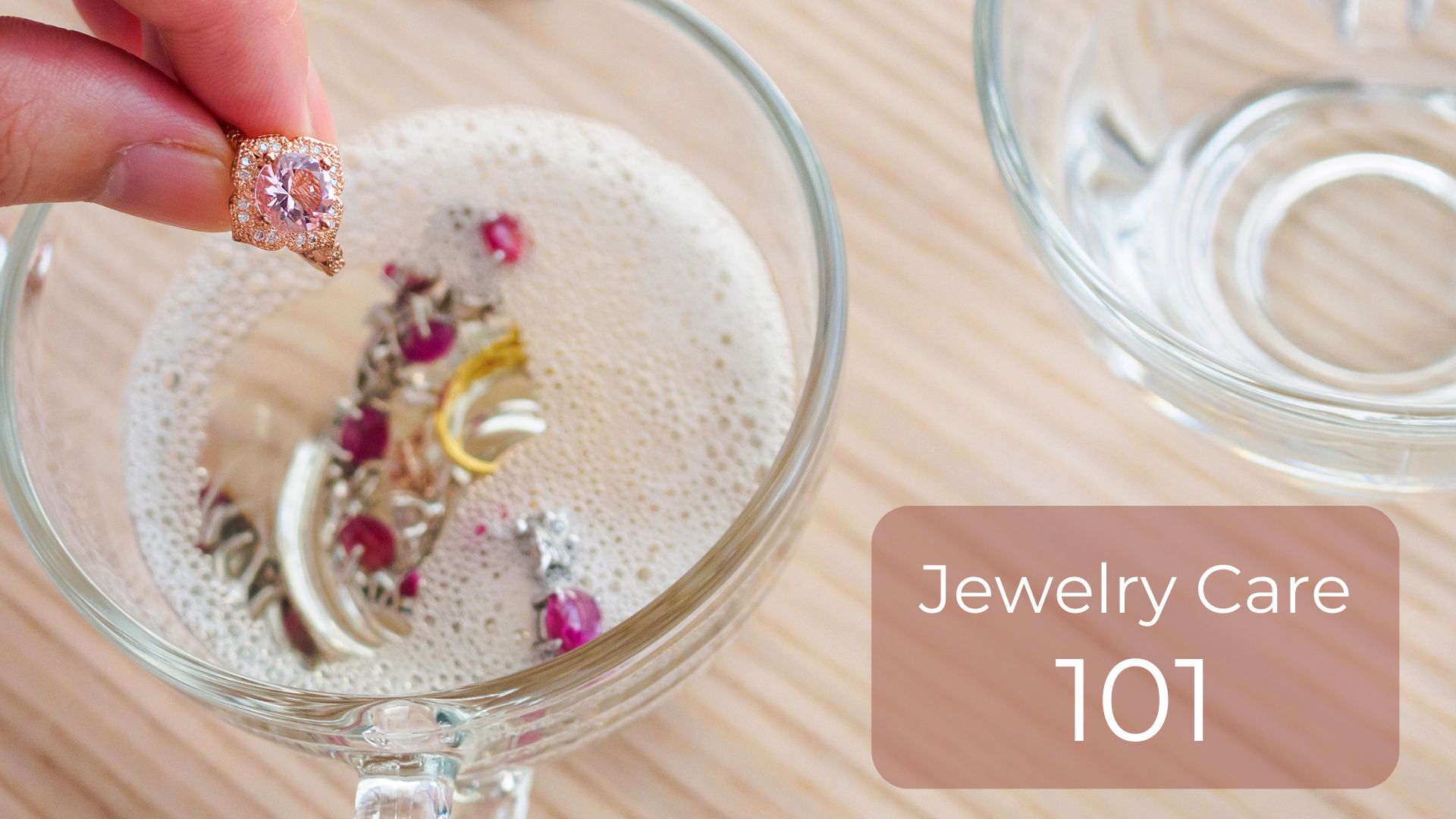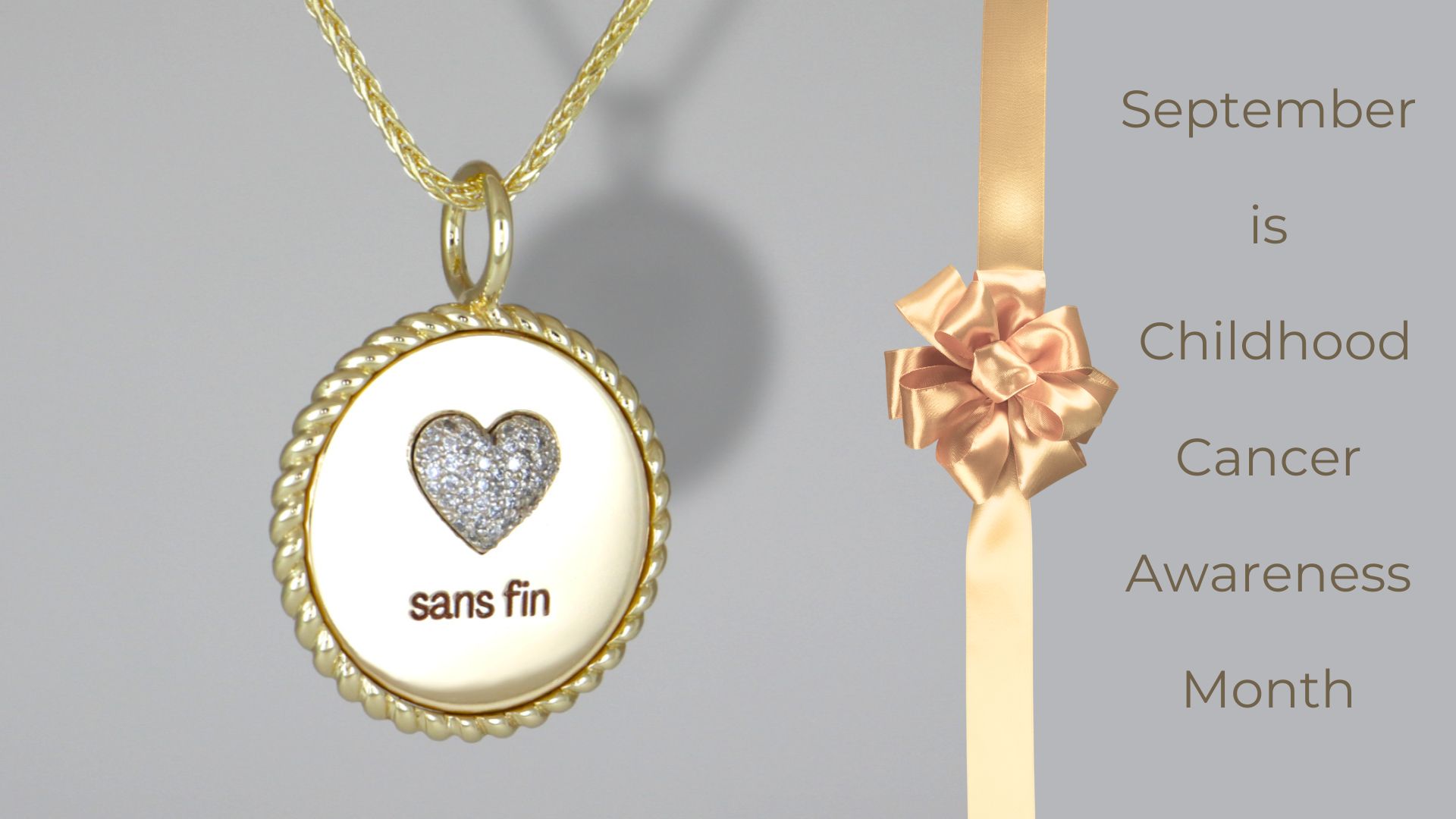Discover 2 little known facts about how fingerprint jewelry is made that most jewelers won’t tell you! Knowing them could save you huge heart aches and hundreds of dollars!
Fingerprints are remarkably unique. No two people in history have ever shared the same fingerprints. Even identical twins don’t share the same fingerprints! Almost any time we touch something we leave a trace of our identity on it with a fingerprint. A loving reminder that we were once there.
This “personal touch” is a large part of what motivates people to buy fingerprint jewelry. Whether their jewelry features the fingerprint of a loved one still living, or one they have lost, it becomes a talisman that ties them to that person wherever they are. A substantial amount of psychology research exists that illustrates the tremendous power of linking objects to keep us connected to a time, a moment, or a person that is significant to us. Fingerprint jewelry is one such linking object.
Fingerprint jewelry is often described by its owners as “the most precious thing I own. I never take it off”. Although it is not a new idea, it has been around for ages, it is enjoying a substantial increase in popularity at the moment. It was originally made by impressing a piece of mailable wax with a fingerprint then casting that wax, using the lost wax casting method, into metal. Although this generated nice fingerprint impressions the jewelry was often inconsistent and misshapen, heavy, and unpleasant looking. Modern technologies have made it possible to produce consistent and uniform shapes, lighter pieces, and far more aesthetically pleasing designs. Fingerprint jewelry is the perfect combination of style and sentiment.
Did you know there are actually two different types of fingerprint jewelry?
The first, and most sought after, is 3D fingerprint jewelry. 3D fingerprint jewelry looks more luxurious and authentic because it has depth and appears as if your loved one has actually pressed their finger right into the metal. It is sought after because of its appearance. It is lifelike, realistic and is a great reminder of your loved one since it actually looks like they left their mark on it. It also has a much more endearing feel when you run your finger over it and reflect upon the love and memories you share.
The second type is 2D fingerprint jewelry. As you might guess from the name, 2D fingerprint jewelry, it looks flat because it only has 2 dimentions. It lacks the depth that makes 3D fingerprint jewelry so personal and authentic. However, it has merit and will appeal to some, particularly the budget concious. There are many ways to create this type of fingerprint jewelry and each has its pros and cons.
Some are made to be budget friendly and are inexpensive and some are made to look exquisite and last. All are meant to be sentimental and of great significance to you or the person you are giving it to. You get to choose which is right for you. Before you buy a piece of fingerprint jewelry; however, it is critical that you learn and understand the following 2 things about how it’s made so that you can make the most informed decision and the choice that is right for you. After all, if you are going to invest in a piece of fingerprint jewelry, knowing that it is such an emotionally significant purchase, you should understand what you are buying, right?
Now, the 2 most important things to know about how fingerprint jewelry is made are the materials and the method.
Material
Basically there are 4 materials most commonly used for making fingerprint jewelry. They are: plated, vermeil, sterling silver, and real gold (actual gold).
Plated:
Gold plating uses a process known as electroplating to bond a thin layer of gold onto a base metal. This process is typically used for costume jewelry or to mimic more expensive pieces.
As you might guess from the name, electroplating uses an electrical current to bond gold atoms onto the base metal. The base metals are typically low value materials like brass or copper. By electroplating, layers of gold atoms are built up on the base metal until the thickness is such that the base metal itself is no longer visible and now appears to be gold. As you know, looks can be deceiving. We are talking about atoms here. The total thickness of the plating is measured in microns. If you don’t know, a micron is one thousandth of a centimeter (0.0001cm) so it’s super thin. As you can imagine, this thin layer can quite easily be worn off. Depending on the thickness and the frequency of wear (daily vs. special occasions) this could mean noticeable wear within months of your purchase!
Pros:
Best suited for fashion jewelry and infrequent wear. Looks like real gold jewelry. Very low cost.
Cons:
Gold plated is NOT real gold. Gold plated jewelry is cheap, but it comes at a cost. The cost? Durability. If you buy plated jewelry you will find yourself having to replace the piece often or having to take it to a jeweler to have it re-plated. Many jewelry stores will charge between $60 and $120 for replating, each time. This will add up if you are doing it once or twice a year! Best suited for jewelry you wear just for fun and have little sentimental attachment to. If, attracted by the very low cost, you buy fingerprint jewelry made using plated material you may find yourself heartbroken when the plating wears off.
Vermeil:
Vermeil which is also known as “silver gilt” is basically the same as gold plated because it uses electroplating to bond a layer of gold onto a base metal. The difference is that the base metal is sterling silver which is actually a precious metal. Vermeil is just a fancy name for gold plated silver. In order to be considered true vermeil though, the piece has to meet certain standards. For example, the gold on the piece needs to be at least 2.5 microns thick, and be at least 10k or higher. Just like plated jewelry, vermeil is NOT real gold. Basically, vermeil is a fancy name for gold plated silver.
Pros:
Ideal for fashion jewelry that is worn regularly, but not daily. Better than plated for slightly more frequent wear. Looks like real gold. Although it is more expensive than plated it is a more budget friendly alternative to real gold.
Cons:
It is a little better than gold plating but, just like gold plated jewelry the gold can also wear off. It is typically more costly, because of the silver base, which makes it even more disappointing when the plating wears off. The costs for a jeweler to re-plate can be even higher because you will want the minimum 2.5 micron layer to be restored. It is a tiny step closer to fine jewelry, real gold, than plated jewelry. Vermeil is still a fashion jewelry material and is best suited to trendy fashion items that you want to enjoy more often, or as long as the trend lasts, and you won’t be devastated when the plating wears off. Not a good choice for your meaningful jewelry.







